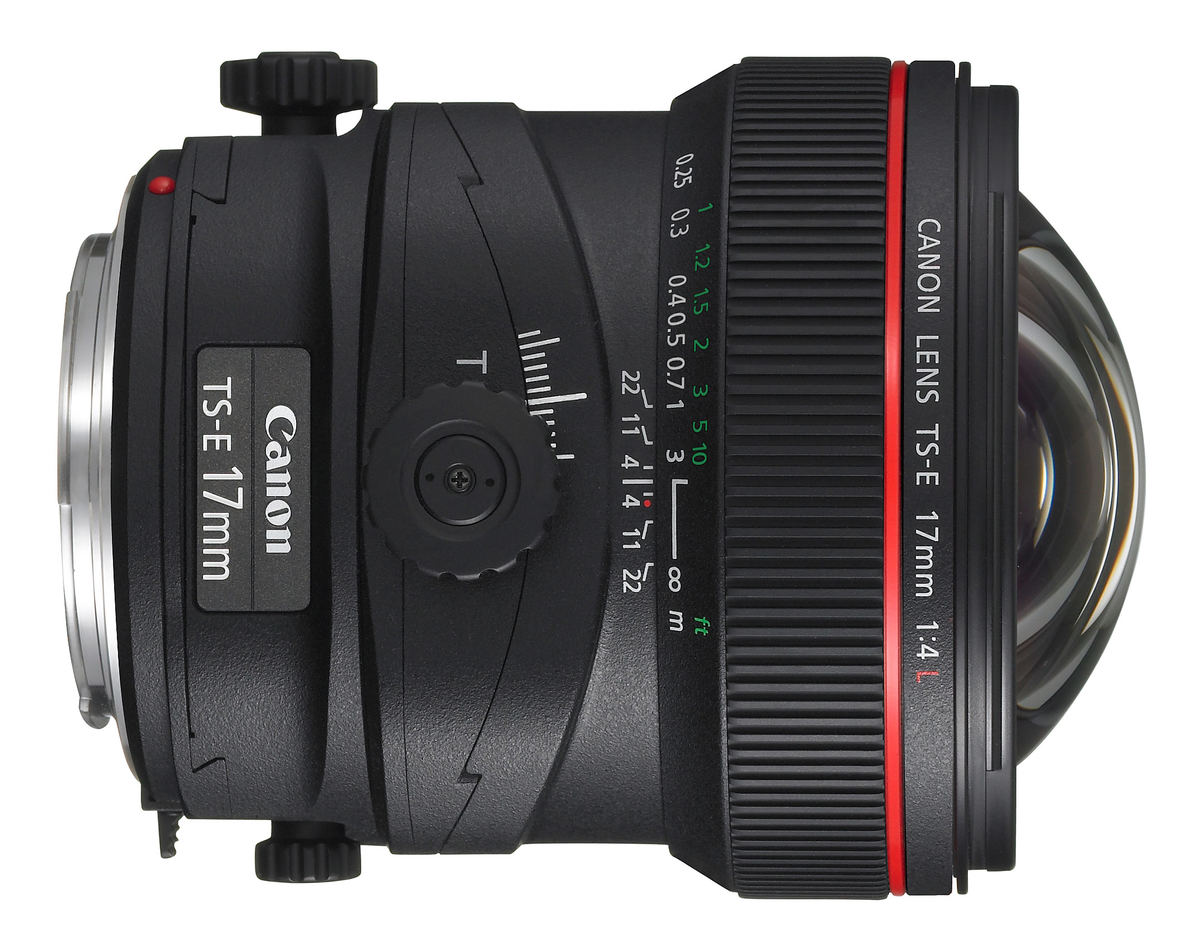


One slight niggle here is that when the lens is rotated, it’s quite hard to reach the lever to rotate it again - the camera’s grip gets in the way making it a little tricky to get to. There are seven different rotation positions you can use - three to the left, three to the right, and the standard (no rotation) setting. There’s also a locking knob, which you can use to lock the shift into place, or to loosen its movement.įinally, there’s a switch which you need to hold down if you want to rotate the lens. The turning knob here is smaller, and therefore a little more fiddly to use. Again, you can move it all the way in either direction, or you can use smaller increments in between. With this you can move the lens up and down, or side to side. On the opposite side of the lens is a locking knob which you can use to lock the tilt into place, or loosen the movement.īehind this is the shift mechanism. You can tilt the lens completely one way, or completely the other, or at various smaller increments in between. This is controlled via a large knob which has a good texture and offers a good level of resistance when turned (not too much, not too little). Just behind the focusing ring is the tilting mechanism. It’s recommended that you use Live View to check critical focus, rather than the viewfinder.

You can use the focusing ring towards the front of the lens to achieve focus.
#Canon ts e manual#
At the base of the ring you’ll find focus distance markers, as well as magnification ratio markers.Īs with all other tilt shift lenses, the Canon TS-E 50mm f/2.8L Macro Lens is manual focus only. There are hard stops at either end of the focusing range, which gives you a good indication of when you’ve reached infinity focusing. Towards the front of the lens is a large focusing ring, which is ridged to help you get a good grip on it. Still, it feels well built and well able to handle a working life.Īround the front of this lens, you’ll see the distinctive red ring which denotes that the lens is from Canon’s “L” range, designed for professionals. Tilt shift lenses have a much larger image circle than equivalent non tilt-shift lenses, so it’s necessary that the lenses are also larger too. It is replete with dials to tilt, shift and rotate the lens depending on your needs. Ease of UseĪs is the nature of Tilt Shift lenses, the Canon TS-E 50mm f/2.8L Macro Lens is a large, cumbersome and heavy lens. Traditionally tilt-shift lenses are expensive, and that’s no different for the Canon TS-E 50mm f/2.8L Macro lens, which currently retails for around £2500 / $2200. The maximum aperture of this lens is f/2.8, with a minimum of f/32. The lens is constructed of 12 elements in 9 groups, with 9 diaphragm blades. Unlike the lens it replaces, the new Canon TS-E 50mm f/2.8L lens has macro capability, with a ratio of 1:2, making it even more appropriate for food and product photography than ever before - it’s also got a close focusing distance of 0.273m. They are often used by product and food photographers, as you can control which elements are in and out of focus in your shot more precisely than you can with a normal lens. Tilt shift lenses are specialist lenses which allow you to have different control over perspective and depth of field. The other two lenses also announced at the same time are a 90mm f2/.8L Macro and a 135mm f/4.0L Macro. The Canon TS-E 50mm f/2.8L Macro lens is one of a trio of specialist lenses introduced by Canon recently, and is a replacement for the older (non L, non macro) 45mm f/2.8 TS-E lens.


 0 kommentar(er)
0 kommentar(er)
